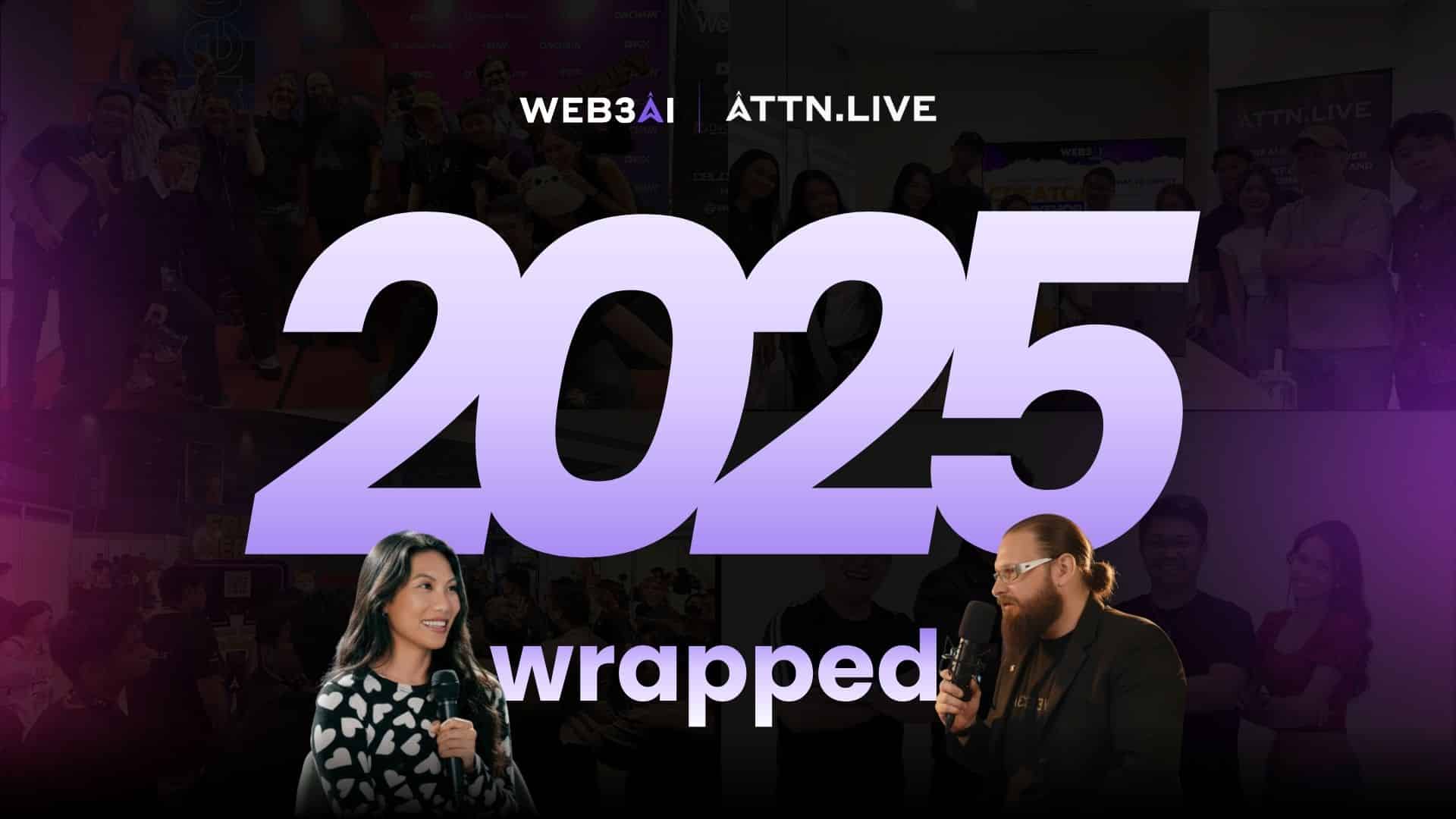
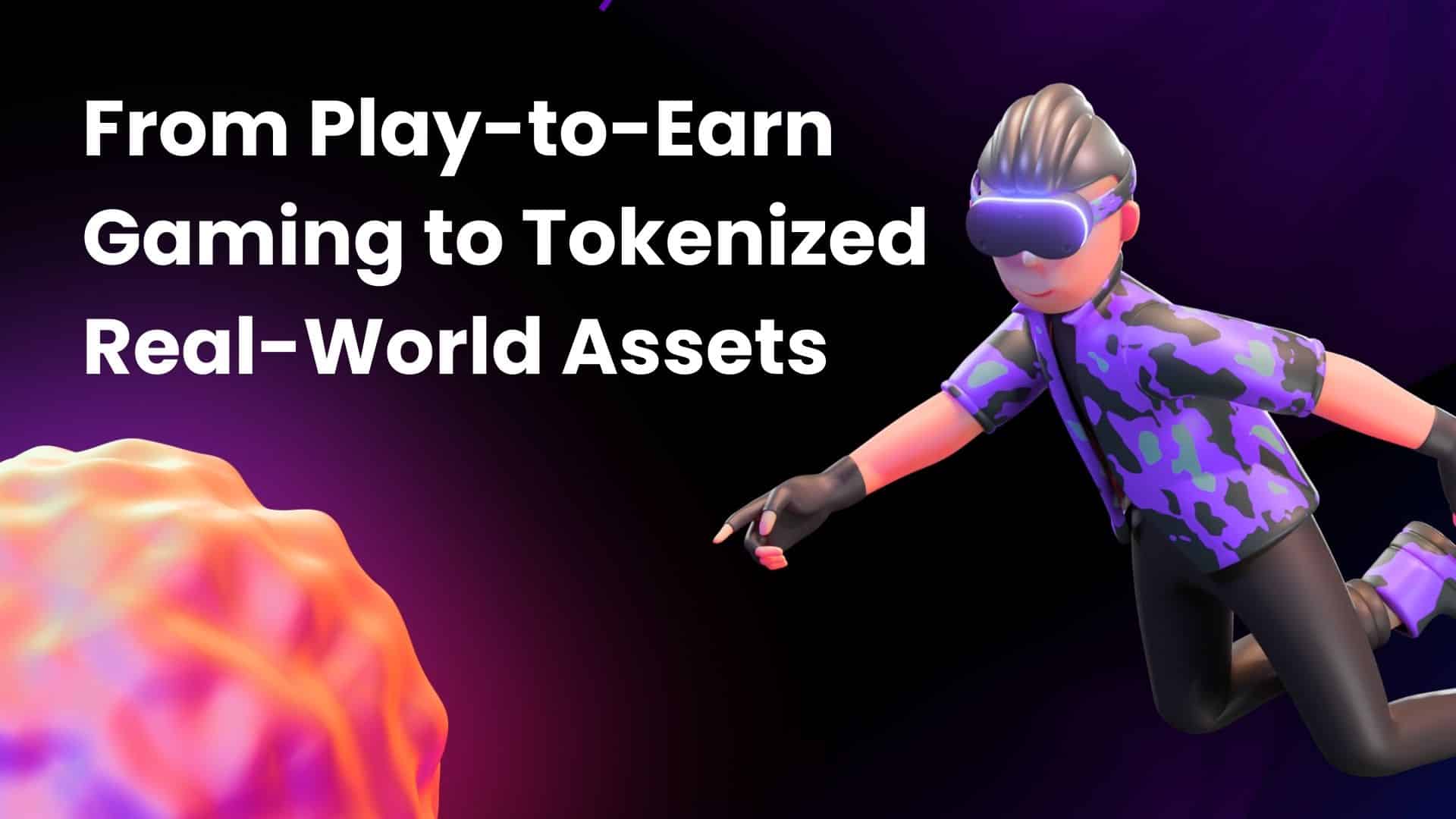
The internet has always been about connection, but how we connect has changed over time. Web1 was static—websites delivered information, and users consumed it. Web2 introduced interactivity, giving rise to social media, e-commerce, and global collaboration. Yet, Web2 came with challenges: centralized control, limited ownership, and an economy that often prioritizes platforms over users.
Enter Web3—the next phase of the internet, powered by blockchain technology. Unlike its predecessors, Web3 is about ownership, transparency, and decentralization. It empowers individuals not only to participate but also to own digital assets, identities, and experiences.
Among the most exciting frontiers of Web3 are its applications—ways in which blockchain is transforming industries, daily life, and how we interact with technology. Four key applications stand out for their innovation and impact:
This blog unpacks each of these in detail—showing not only what they are but why they matter, how they’re being used today, and where they’re headed in the future. Whether you’re new to Web3 or already exploring, this guide will help you understand how these applications reshape our digital and physical worlds.
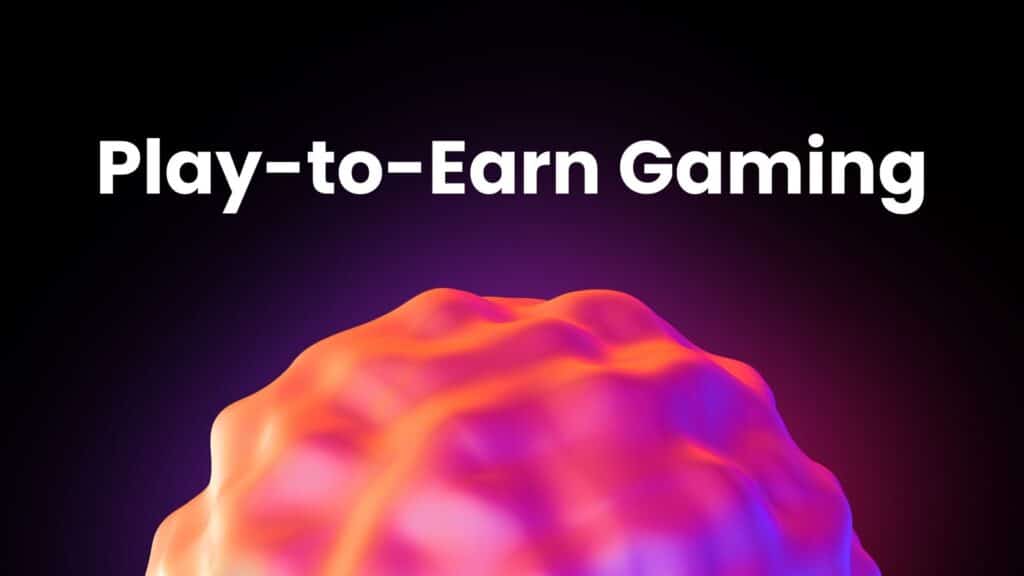
Gaming has always been a passion-driven industry. From arcade machines to consoles, the purpose was entertainment. But in Web3, gaming becomes economically empowering through Play-to-Earn (P2E).
At its core, P2E allows gamers to own in-game assets—weapons, skins, characters, land—and trade or sell them for real-world value. Unlike Web2 games where your progress and items are trapped within a closed ecosystem, P2E ensures assets are stored on the blockchain, meaning you truly own them.
P2E creates a new financial model for gamers, but it’s not without risks. Many projects have collapsed due to token inflation or poor sustainability (Harvard Business Review). The lesson? Successful P2E must balance fun with finance—ensuring gameplay is engaging while the economy remains stable.
Still, the potential is huge. P2E could redefine the gaming industry, transforming players into stakeholders and enabling people worldwide to earn while doing what they love.
Related article: Making More Money with AI
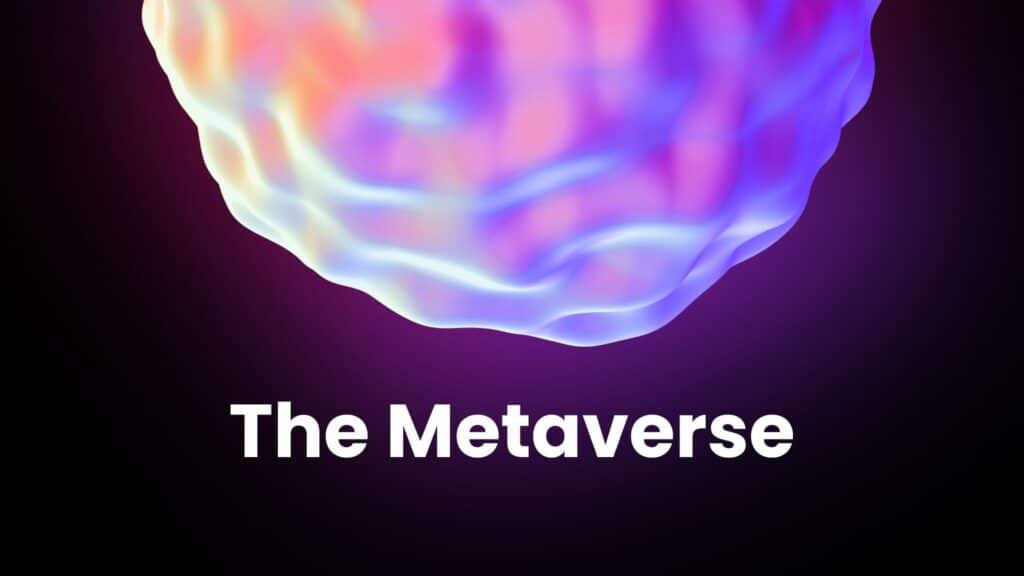
The word “Metaverse” is often overused, but at its core, it refers to persistent, shared digital spaces where users interact through avatars, objects, and experiences. Unlike traditional games, the metaverse isn’t just for play—it can include work, education, entertainment, and even governance.
It’s not one single platform—it’s a network of immersive environments powered by:
The metaverse has potential to reshape social and professional interaction. Imagine attending concerts from home, buying digital real estate, or attending work meetings in a VR office where your digital identity matters as much as your physical one.
While hype has cooled, serious investments continue (McKinsey Report). The metaverse is still evolving, and its success depends on interoperability, accessibility, and value creation for users. Done right, it will blend digital and real-world economies seamlessly.
Related article: Top 10 AI Tools for Entrepreneurs in 2025

Proposed by Ethereum co-founder Vitalik Buterin in 2022, Soulbound Tokens (SBTs) are a new type of NFT designed to be non-transferable. Unlike traditional NFTs you can buy, sell, or flip, SBTs are permanent and bound to a single wallet.
SBTs can represent things like:
In Web3, identity has been a challenge. Traditional NFTs are too liquid—anyone can buy prestige. SBTs solve this by being proof of who you are, not what you can purchase.
For example:
SBTs could transform hiring, credit scoring, and online communities by anchoring trust in blockchain-based identity. While still experimental, they’re one of the most promising concepts bridging real-world identity with decentralized tech.
Related article: Will AI Take My Job?
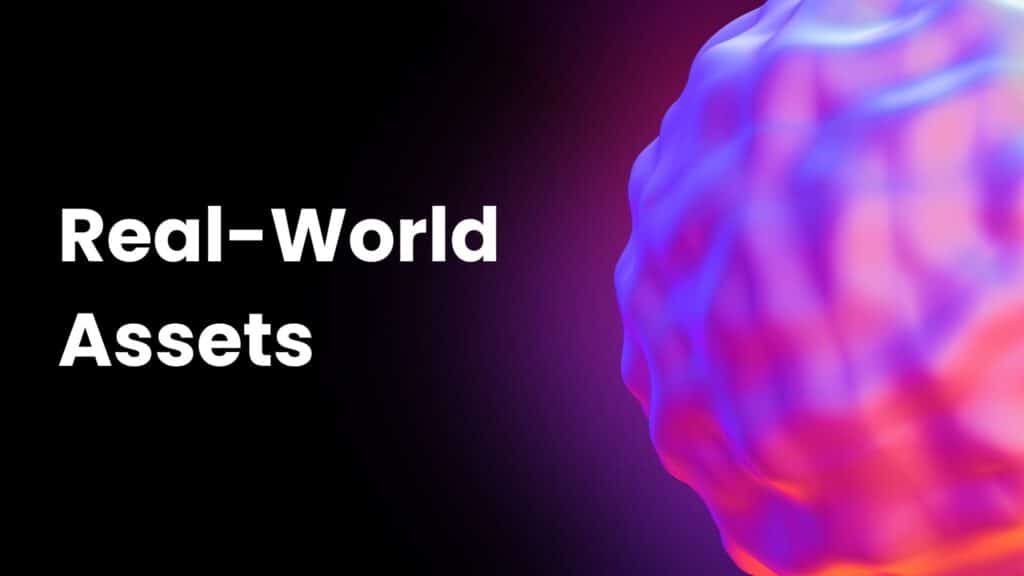
Tokenization is the process of converting physical assets—like houses, cars, or art—into digital tokens on the blockchain. These tokens represent ownership rights and can be transferred, traded, or even fractionalized.
Traditionally, owning high-value assets is limited to the wealthy. Tokenization enables fractional ownership, lowering entry barriers and creating global liquidity.
Imagine:
The ultimate vision? A borderless economy where any valuable item can be owned, traded, or shared globally via blockchain. This could revolutionize finance, investing, and ownership models.
Related article: 8 AI Tools You Can’t Ignore in 2025

For those in Web2, transitioning into Web3 may feel overwhelming. The key is to start small:
The bridge from Web2 to Web3 is paved with education, experimentation, and community involvement.
At Web3ÂI, our mission is to make Web3 simple and accessible for everyone. Through guides like this, we help communities transition confidently into decentralized ecosystems.
Meanwhile, ÂTTN.LIVE enables creators to mint livestreams into NFTs, bridging storytelling, ownership, and monetization. Imagine combining livestreamed gaming sessions, metaverse events, or community conversations with blockchain ownership. That’s the future we’re building.
Together, we believe Web3 isn’t just for developers or investors—it’s for everyone ready to own their digital life.
Web3 applications are more than buzzwords. They represent a fundamental shift in how we:
By embracing these innovations, we’re moving toward an internet where users are not just participants but owners, creators, and stakeholders.
The road isn’t without challenges—regulation, accessibility, sustainability—but the potential is undeniable. From empowering gamers in rural towns to giving investors new tools, Web3 applications are already transforming lives.
The question is: Are you ready to step into the future of digital ownership and identity?
At Web3ÂI and ÂTTN.LIVE, we’re here to guide the way—making Web3 accessible, understandable, and impactful.